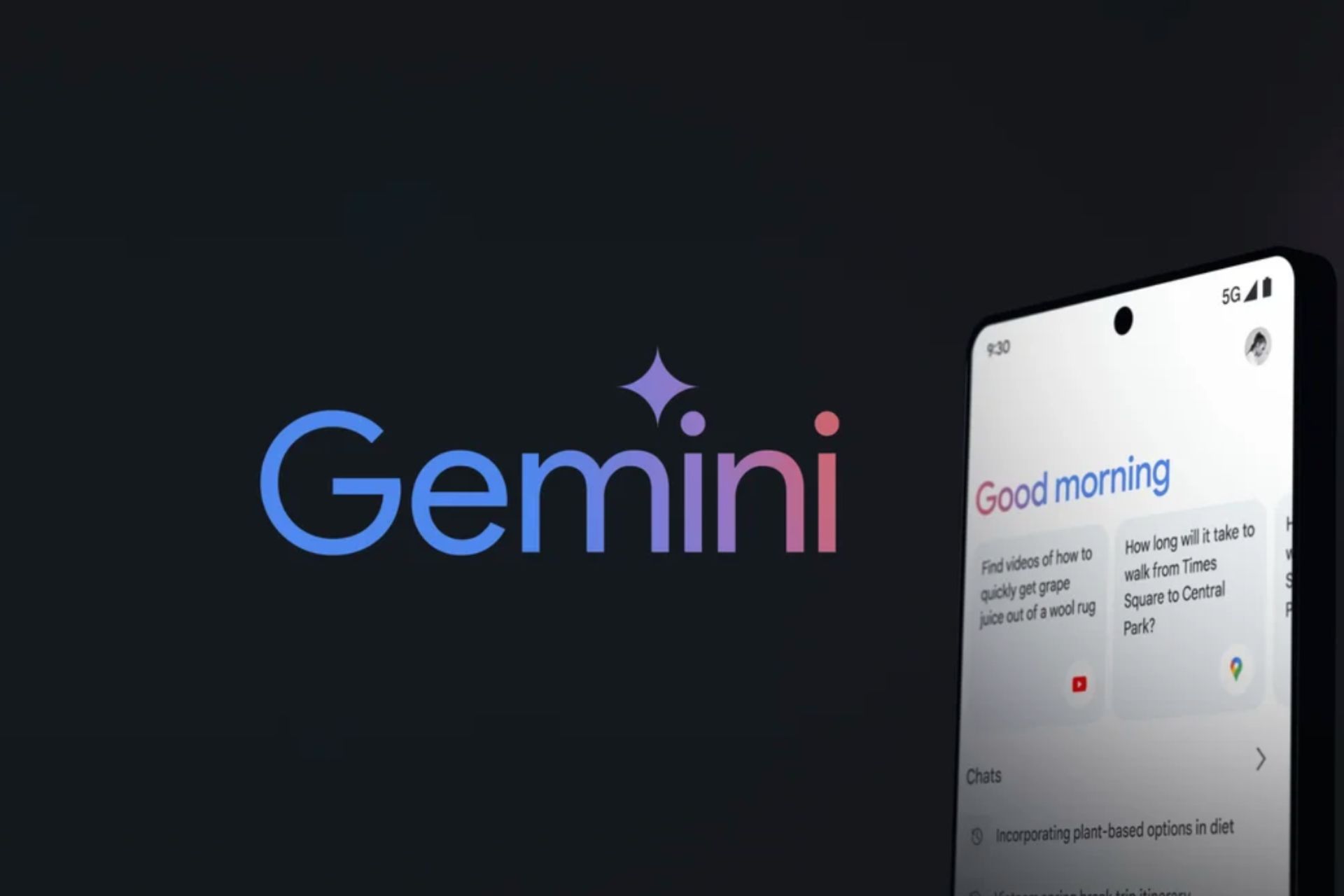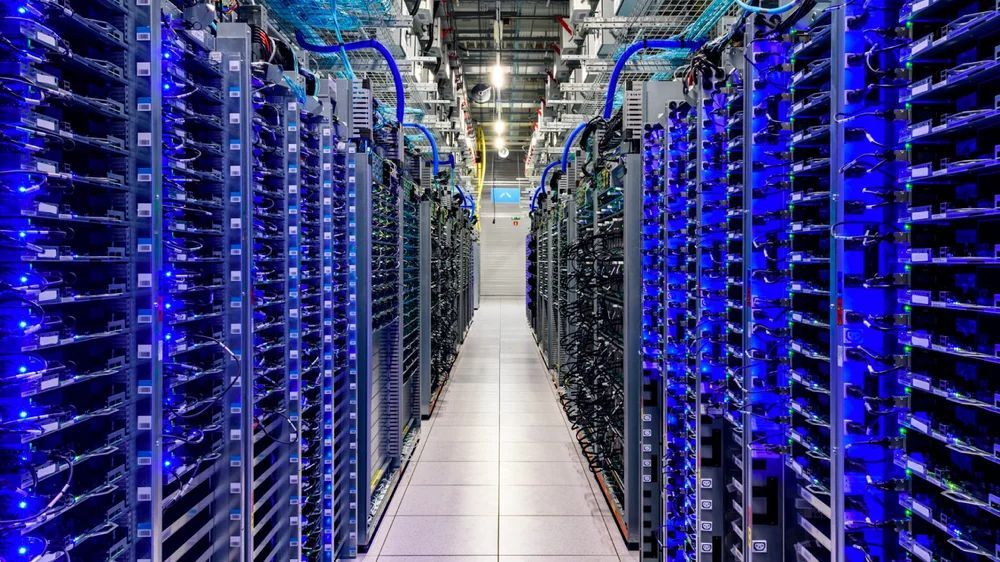Summary
- Google’s environmental footprint rises 13% in a year, mainly due to data center energy demand and supply chain partners’ consumption.
- Google uses 64% carbon-free energy, aspires to make product packaging 100% plastic-free by 2025, and replenishes 1 billion gallons of freshwater.
- AI holds promise for reducing greenhouse gas emissions, with Google highlighting its potential in traffic management and fuel efficiency optimization.
Artificial intelligence has been a bit of a mixed bag. On the one hand, it’s given us incredible image processing capabilities and advanced neural networks. On the other hand, we’re drowning in a sea of fake social media and news content. Many pundits have lamented the social costs of these new technologies, but less often talked about is the environmental cost of AI. It takes a lot of energy to run the computers that are responsible for AI, and it takes a lot of water to cool them. Of all the big players in AI, Google is the most open about its environmental footprint, and today we got a glimpse of that footprint, and how Google is using AI to try and mitigate the cost of AI.

Related
Best cheap Chromebook for every budget in 2024
Chromebooks come in all sizes and prices, and we’ve gathered the best that won’t break the bank
How is Google helping the environment
Earlier today, Google released its 2024 Environmental Report along with a high-level overview on its The Keyword blog (spotted by Ars Technica). Google definitely paints a positive picture by talking about more energy-efficient TPUs and a pivot towards carbon-free energy, but despite its best efforts, Google’s greenhouse gas emissions have risen 13% in the past year and 48% in the past five years, which it says is mostly thanks to increased energy demand in its data centers and increased consumption from its supply chain partners. Compare these numbers to the target Google set itself in 2019 of reducing its emissions by 50%. To be fair, that target was set before OpenAI kicked off the machine learning revolution back in 2022.
When it comes to other targets Google has set for itself, the results are a mixed bag. Of the energy Google uses, 64% of it is carbon free, which is the same percentage as last year, but Google did use more electricity this year, so that’s not necessarily a bad thing. Google aspires to make its product packaging 100% plastic-free by 2025, and it’s 99% of the way there. The packaging for the Pixel 8 and Pixel 8 Pro for instance, is 100% plastic free, so there is that.
Source: Google
But in other areas, the Big G is struggling. Even though it tripled the amount of freshwater it replenished (around 1 billion gallons), that number represents only 18% of Google’s annual water consumption of over 5.5 billion gallons. Google is also using fewer recycled materials in its products than last year (34% vs 41%), which Google attributes to using fewer plastics overall, thus having fewer opportunities to use recycled materials.

Related
How to use Google Gemini to plan your vacation
Use Gemini for a stress-free trip-planning experience
Despite the costs of AI, it does hold some promise to reduce our greenhouse gas emissions, and Google highlights how AI can help reduce pollution by helping with traffic management. Endeavors like Project Greenlight help traffic engineers improve traffic flow at intersections, thereby reducing automotive emissions. Google also uses AI to maximize fuel efficiency when generating routes in Google Maps.
There’s no telling how successful Google’s efforts to reduce its carbon footprint will be in the long term. It has set itself some lofty goals, so we can only hope it can achieve all it sets out to.
Source link



